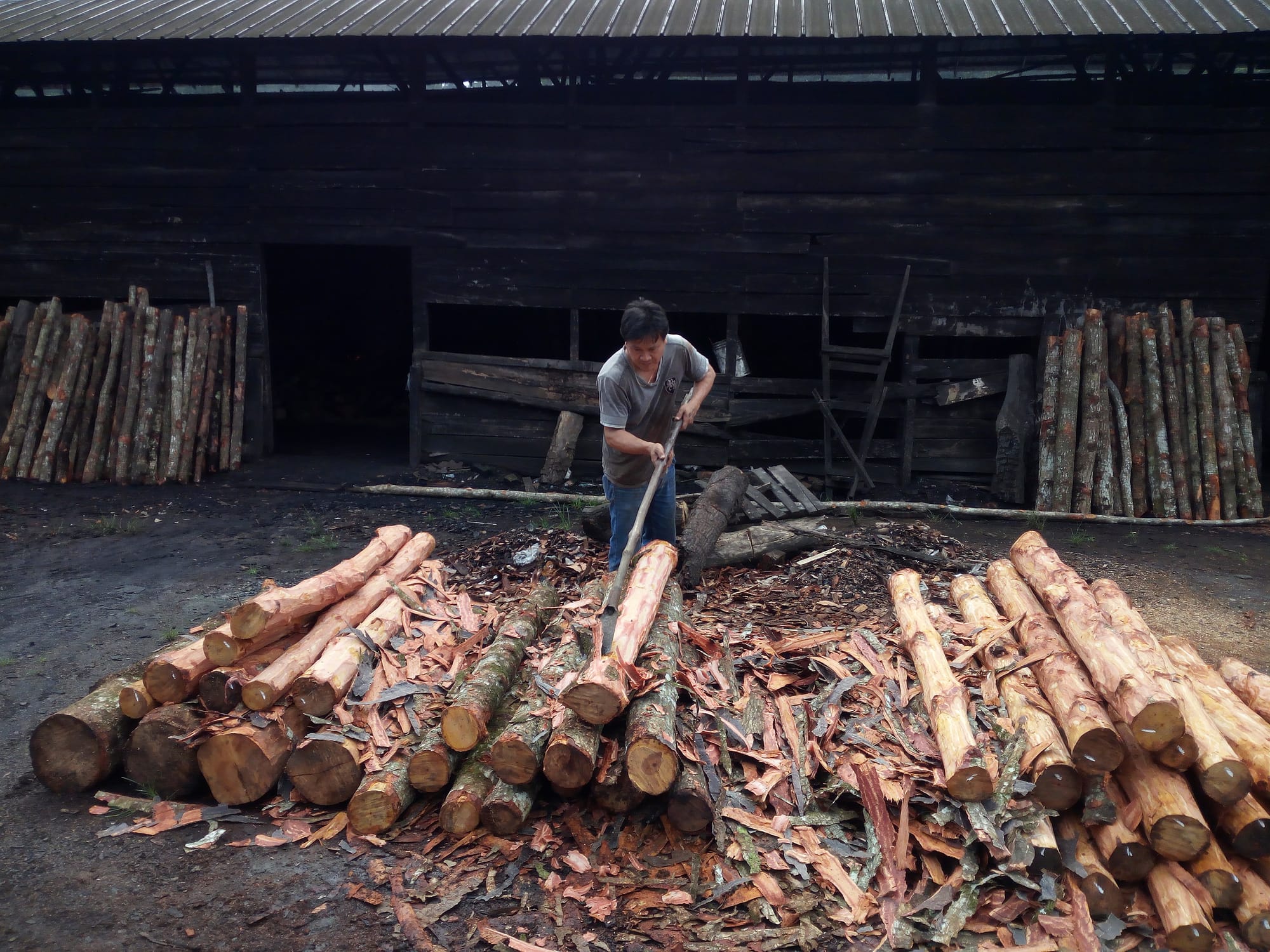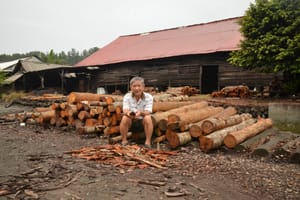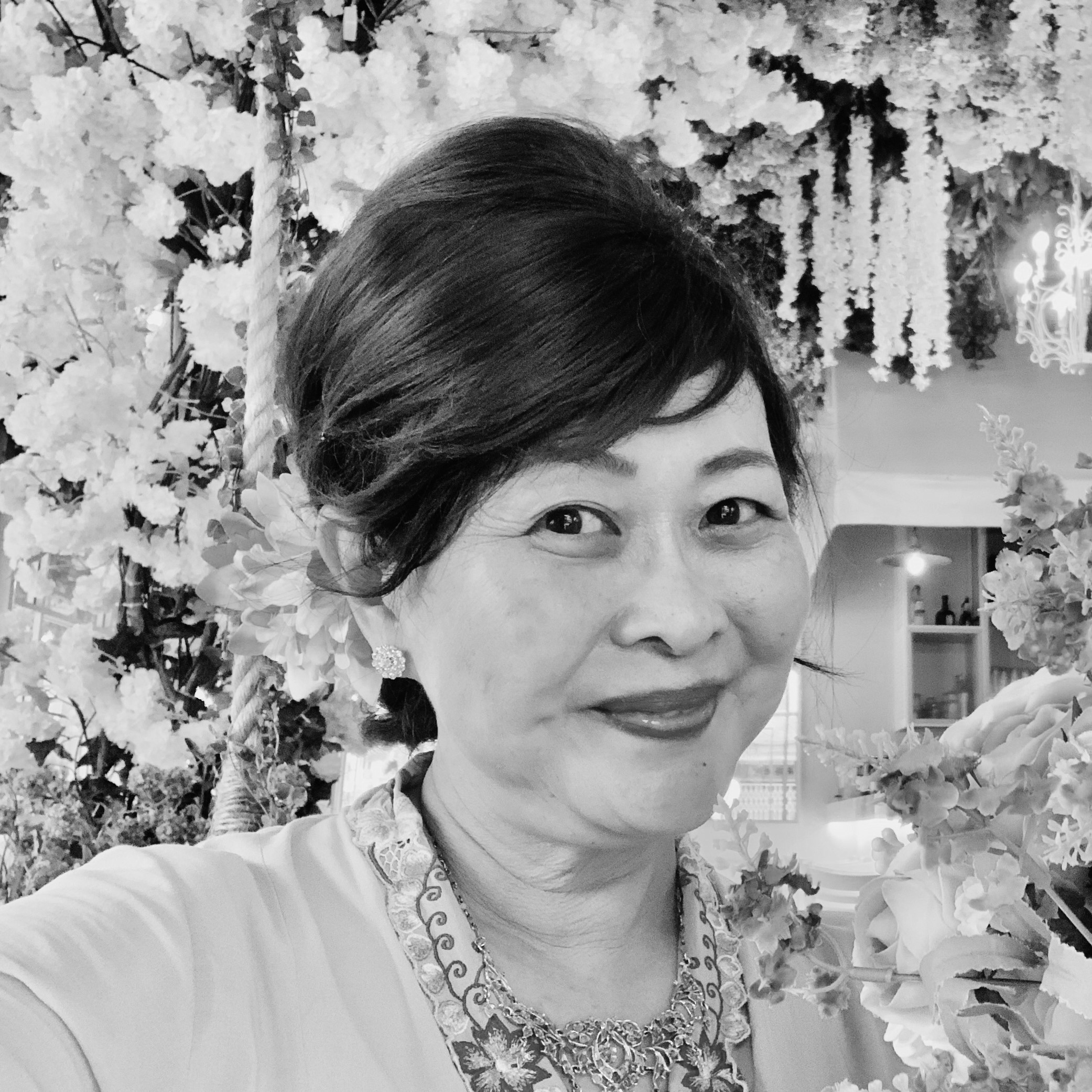IN THE MANGROVE-FRINGED fishing village of Kuala Sangga, an elderly man leaned on his walking stick, and dipped his finger into the dye bath I had prepared from mangrove bark. He squinted at me and asked, “Whose daughter are you? Are you from Sepetang or Matang?” I smiled gently. I wasn’t from either. I was a graduate student from Penang, here to collect data for my doctoral research.
At an environmental camp organized by Look Port Weld, an NGO, I watched as the children eagerly dipped plain cloth into bubbling bark dye. The earthy, herbal scent, like a Chinese medicinal tonic soup, hung thick in the air. One of the ladies, who swore she’d watched her elders doing so since childhood, declared, “Boil? No need. Just soak the bark, dip the cloth, and dry it under the sun. That is Ni Siap.[1] Our colour was much nicer then.”

Her confidence intrigued me. Maybe it was her defiance, or maybe my own stubbornness. Either way, I decided to investigate. I applied for a grant, rolled up my sleeves, and began like most academics do—with a literature review.







